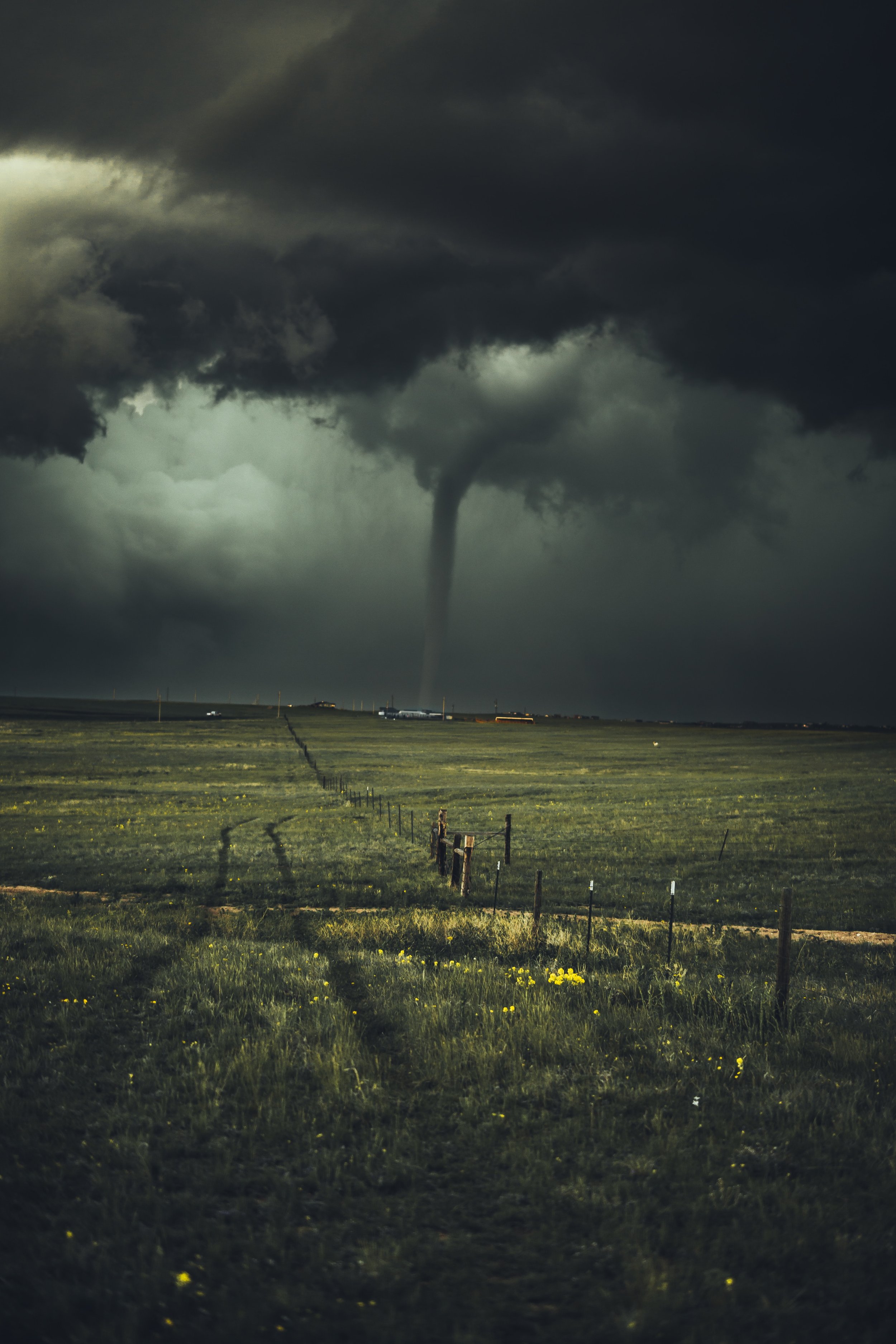Building a more resilient future
The Resiliency Company mobilizes the funding, policies, and innovation mechanisms required to shift markets and minds toward resiliency to end $1B disasters in the US.
The Resiliency Company’s mission is to inspire and empower humanity to adapt to the accelerating challenges of the next 100 years to create a more abundant and equitable future for all.
a hazard meets a vulnerability.
Annual number of billion-dollar disasters
From the 1980s until the early 2000s, a $1 billion disaster (including CPI adjustment to 2023) hit the U.S. about every 73 days (meaning roughly 5 disasters per year). As of 2024, a $1 billion disaster hits roughly every 18 days. By 2030, a $1 billion disaster could hit the US every week.
Annual Number of Billion-Dollar Disasters, 1980-2024

As more frequent climate threats destroy lives and livelihoods, the costs associated with climate disasters continue to rapidly increase. Since 1980, the US has averaged eight “billion-dollar disasters" every year. As of mid-2024, however, the U.S. had already experienced 19 such disasters, collectively costing the U.S. nearly $50 billion (3)
If we want to reverse the accelerating costs of climate driven disasters, we must adapt our country’s infrastructure to be resilient instead of just rebuilding the same way we always have.
The U.S. faces a massive financing gap in the adaptation capital required to fortify our country’s infrastructure. In the landscape of climate financing in 2022, adaptation accounted for only 5% of total global climate finance. (4) And according to the World Economic Forum, the total climate adaptation and resilience financing deployed amounts to only 20-30% of projected annual Adaptation and Resilience financing needs. (5)
Meanwhile, most of the resources deployed following a disaster are allocated to either short-term relief or rebuilding “back to normal,” leaving insufficient funding to make the necessary upfront investments to build with resilience so that the next disaster is less destructive. In most climate-driven disasters, 90% of the funds raised come in within the first 6 weeks, and flow out within the first 6 months, leaving little capital for the longer-term recovery that lasts 3-6 years for most communities.
As the rate of climate-driven disasters in the U.S. accelerates, we must imagine better financing strategies in order to catalyze capital toward adaptation and resilience.

Opportunities to engage
The Resiliency Company mobilizes the funding, policies, and innovation required to shift markets and minds towards resilience, which will end $1B disasters in the US.
Creating the market of resilient infrastructure
The Resiliency Company is building a community of investors across the capital stack to advance best practices in resilience and adaptation financing. We aim to reduce the accelerating costs of climate-driven disasters by catalyzing investment toward resilient critical infrastructure opportunities.
Driving adoption of resilient solutions
Federal, state, and municipal governments, as well as mortgage lenders, insurance, and utility and energy companies all have a vested interest in adapting U.S. infrastructure to be climate resilient. The Resiliency Company is connecting stakeholders around innovative projects and pilots that can reduce disaster impacts by centering resilience practices.
Creating conditions for long term success
The Resiliency Company's Advocacy Lab creates conditions to crowd in more private capital to resilience investments. This includes fundraising for state and local advocacy, creating new incentive structures, and funding research for policy change.




